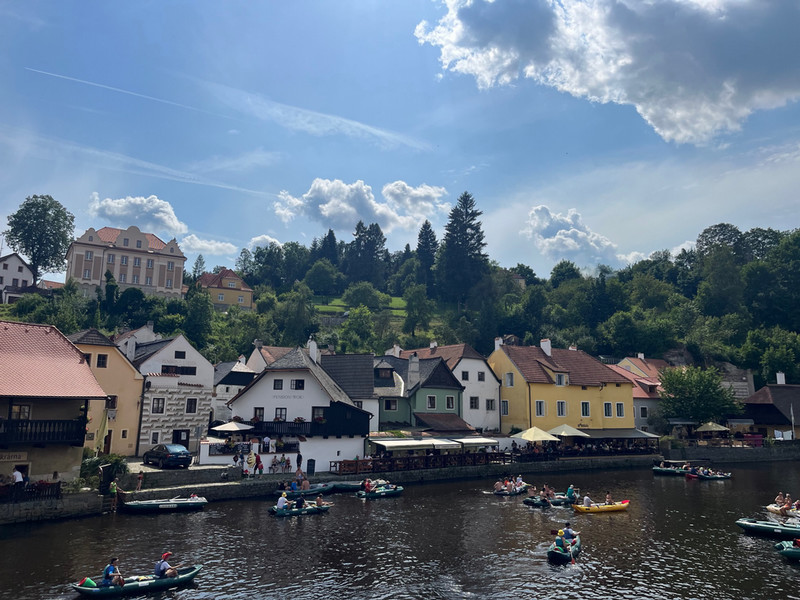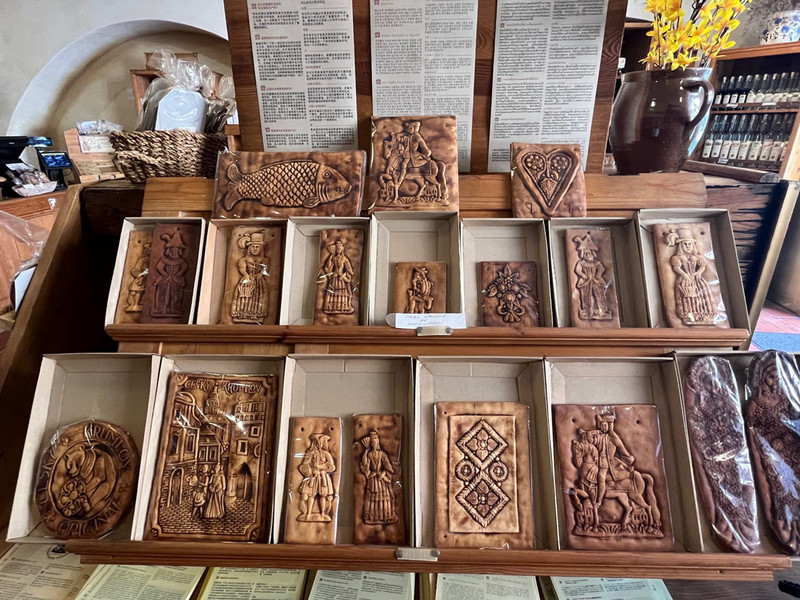Week 9
Week nine was CEELI’s first week of Summer School, the annual legal skills training program for Ukrainian law students. The program highlights the Institute’s goals of building legal skills and capacity by hosting about thirty participants at the Villa for the two-week session. Students’ daily schedules include interactive presentations, breakout groups, and skills workshops. In Europe, students obtain a law degree through a three-year program right after high school. This means the students are relatively young compared to my law school classmates, who span a wide range of K-JDs to those who have worked for two, five, or even ten years between undergrad and law school. European students can take gap years, but this is typically one year between high school and university.
On Friday, groups of four simulated mock trials with a faculty member playing the judge. Students received a packet with a script, facts, and exhibits earlier in the week. The presentations and workshops on developing a case theory, direct examinations, cross-examinations, how to use exhibits, and opening and closing statements introduced them to the skills they used when presenting. A group of four had two prosecutors and two defense lawyers, with them also rotating as witnesses. As they presented their case and questioned the witnesses, the judge would respond to the other side’s “objections” and give pointers on how to ask questions and argue objections. It was amusing to watch because the students were very passionate about their arguments but didn't always adhere to courtroom procedures, such as stopping immediately when the judge spoke. After talking to the presiding faculty member, a retired judge, he said he felt like he had more control in his courtroom than in the room of students. I could understand because, at one point, the prosecution, defense, and even the witness were objecting to each other at once! It was a great opportunity for everyone to learn.
My findings from researching the use of electronic evidence in five African countries (Kenya, Nigeria, South Africa, Tanzania, and Uganda) were very rewarding. Countries have responded to the growing use of electronic evidence due to technological advancements and cyber-related crimes in a variety of ways. A common concern is the reliability of how the material was generated, stored, and communicated, as well as the integrity of how it was maintained. Kenya’s first law regulating electronic messages and digital material required a certification attesting to the validity of the evidence. However, this was not enforced in practice. Then, an amendment to the Evidence Act didn’t mention the certification requirement, confusing if it was required. The Court of Appeals ruled that certification is a mandatory precondition to use electronic evidence despite no precise wording indicating the requirement. This demonstrates one country’s refinement of the standards of admissibility, authentication, and certification. In contrast, Uganda has not changed much of the 1909 Evidence Act. Although electronic evidence is admissible, the lack of substantial changes specifically for electronic evidence regarding authentication, hearsay, and the best evidence rule makes its use in civil and criminal proceedings unclear.
On the weekend, I visited Cesky Krumlov, a small town about three hours south of Prague. It is known as a “fairytale village” because of its narrow cobblestone streets, red roofs, water encircling the Old Town, and colorful castle towering above. After Prague, it is the second-most popular destination in the Czech Republic. The small shops, restaurants along the river, and live music made the atmosphere quaint compared to the other large European cities I’ve visited. Additionally, the views from the castle of the surrounding area were stunning.




